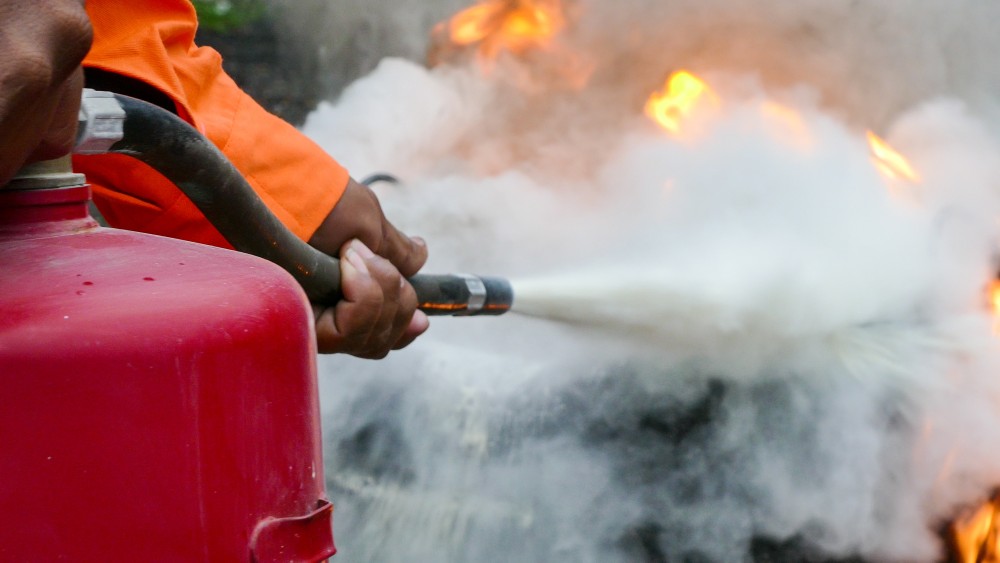Every company in Sydney the protection of fire isn’t just legally required, it’s a vital part of keeping employees customers, property, and even the employees protected. The effects of fire can be devastating within minutes. But with adequate safety measures in place, a lot of these risks can either be minimized or prevented. Regular inspections of fire hazards, regular testing of electrical systems and the compliance with CFSP standards all contribute to ensure a secure environment.
Why fire inspections are essential for your safety
The first line of defense are fire inspections. They verify that every element of a structure’s fire protection system is working and up to date. Businesses are located in Sydney are required to carry out inspections every six or twelve months a year, depending on the kind of building they are operating and council regulations. The inspection can cover everything from sprinklers and fire alarm systems to smoke detectors and hydrants to extinguishers.

The reason inspections are so important is their capacity to uncover hidden issues before they become dangersome. A minor flaw on a fire hydrant, or the blocked smoke detector could appear minor at first but, in an emergency, such flaws can cause death. Business owners who regularly inspect their fire hydrants are fulfilling their legal requirements and taking precautions against unexpected disasters.
Test and Tag Test and Tag: Resolving Hidden Electric Risks
Electrical systems are one of the leading causes of workplace fires, which is why testing and tagging should always be part of a fire safety plan. This involves checking electrical devices to make sure they are reliable, safe, and secure. Following that an identifiable tag is placed on the device to indicate it has passed inspection. This is a requirement which is not always straightforward to meet. In many businesses it’s a way to protect themselves from potential risks.
Old, worn-out, or unchecked cables, appliances that are defective and wiring that are not updated can quickly become fire hazards. By conducting regular tests and marking, businesses decrease the risk of electrical malfunctions that can cause fires. This also creates confidence and trust for employees by assuring them that their workplace is safe. When combined with testing, fire inspections, and tagging provides a complete safety strategy that minimizes risk across multiple areas.
The role of CFSP in ensuring compliance and Certification
In New South Wales only a Competent Fire Safety Practitioner (CFSP) can certify or sign important fire safety documents, such as the Annual Fire Safety Declarations. Introduction of CFSP certification has enhanced standards in fire safety, ensuring only professionals are qualified to evaluate and verify safety. For those who own businesses, having a CFSP means that inspections and reports are not just routine paperwork and evaluations based on reliable data carried out by professionals.
The job of a CFSP extends beyond the process of checking boxes. They evaluate the effectiveness and the condition of fire protection systems and prepare thorough reports. They also confirm compliance with regulatory requirements. Firms that do not possess CFSP certification run the risk of being fined, facing legal issues or even being shut down if they are deemed to be insufficient with fire protection. By partnering with professionals accredited in fire safety, you can assure that your systems are maintained correctly. In addition, you’ll be able meet your legal requirements without having to put yourself under anxiety.
Fire Safety is a Constant Commitment
Fire safety isn’t just a one-time responsibility, but it is a continuous responsibility for each business owner. The process of ensuring safety is never-ending with regular inspections, testing of electrical systems regularly, and then certifying under CFSP supervision. Beyond ensuring compliance with the law the approach also fosters a workplace culture of safety. Employees feel safer knowing that there are clear evacuation plans, smoke alarms emergency lighting and a fire suppression systems are in place.
Fire safety is a continuous procedure, not a box which businesses must mark each year. This lowers the risk and boosts the credibility of a company. Clients and customers are more comfortable in a setting where safety is clearly emphasized. In the long term investing in proactive fire protection saves the company money by preventing costly damages such as fines, legal battles, as well as protecting the lives of those who enters the building.
Conclusion
Safety in the event of fire in Sydney requires a multi-layered approach that includes fire inspections as well as testing and tagging, and professional certification by a CFSP. Each part is crucial in ensure that businesses are in compliance with the regulations, and more crucially, that both people and properties are protected. Safety is an integral component of daily business activities not something that is merely a side-effect. Businesses can comply with their legal obligations as well as create an even more secure and resilient atmosphere in the near future if safety is a fundamental part of daily operations.

